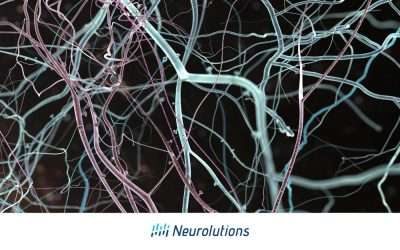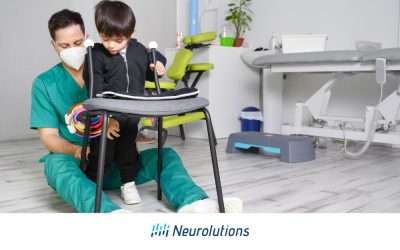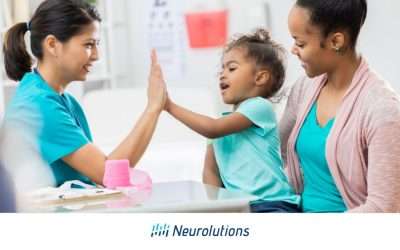The National Institutes of Health Stroke Scale, often referred to as NIHSS, measures neurological function in patients with signs and symptoms of a stroke. It is also often used as a predictor of long-term disability following the onset of an ischemic stroke. The NIHSS is administered in the emergency department upon arrival to quantify the seriousness of the presentation of the stroke as well as to assist with the diagnosis of stroke. The NIHSS is often completed upon hospital admission, and discharge, and for tracking improvement and/or disability throughout stroke recovery. The use of the scale post-acute stroke admission may vary depending on the institution. It is necessary that the NIHSS be administered by a certified health professional.
The NIHSS is not only highly accurate, but it is also very predictive of long-term disability prediction and mortality rates following stroke. The NIHSS can be important for a stroke survivor to know to help guide plans for rehabilitation and long-term planning for potential caregiving the following discharge from the hospital admission.
What are the Components of the NIHSS Scale?
The NIHSS is broken down into distinctive categories:
- Level of Consciousness
- Orientation
- Following Commands
- Eye Gaze
- Visual Fields
- Movement of the Facial Muscles (facial palsy)
- Movement of Left and Right Arms (limb drifting against gravity)
- Movement of the Left and Right legs (limb drifting against gravity)
- Limb Ataxia (impiared coordination)
- Sensation (impaired ability to feel light touch, sharp or dull)
- Aphasia (loss of the ability to say or understand verbal language)
- Dysarthria (weakness of the mouth muscles)
- Inattention or Extinction (inability to recognize one side of the body or environment)
Each category is scored on a Likert scale. The higher the score, the higher the impairment level. A score of zero indicates that no impairments related to the stroke have been behaviorally observed. Scoring can be impacted by a history of prior deficits such as a previous stroke or amputation, therefore it is very important that the medical professional administering the evaluation is trained in the assessment. The score is based on what the person CAN DO, not what the medical professional or caregiver thinks the individual can do.
For example, the subtest which assesses aphasia asks the patient to describe what is happening in a picture with a busy picture scene. The patient is also asked to name 6 common objects. If unable to verbally communicate, the individual is also provided with the opportunity to answer via written responses. Although the patient or caregiver may feel the stroke survivor knows what the objects are, it is vital that the stroke survivor be able to answer for themself. If not, this is indicative of a communication deficit known as aphasia. Knowing this, the care team can implement necessary strategies to help the individual communicate from the onset of the stroke, set up services to receive speech therapy while acutely hospitalized, and then help to refer further services after leaving the hospital.
What Happens After Getting an NIHSS Score?
It may be difficult for the family, friends, caregivers, or stroke survivor to initially be informed of the NIHSS score. It can be upsetting and overwhelming at first, however, the objectivity of the assessment is important for diagnosis and treatment planning. Based on the subtests scoring, the NIHSS can also help to locate the possible area of the stroke if the stroke survivor is unable to be imaged. For example, if the patient presents with a high score of one-sided arm and leg drifting due to weakness on the left side of the body, this would indicate that the stroke has possibly taken place on the right side of the brain in the motor cortex.
This can be helpful for the administration of tPA medication and help pinpoint what therapy would best help this patient in the future. If you have concerns about a loved one’s NIHSS or questions about it, please ask your care team who administered the test for education on the information which was obtained. The more knowledge stroke survivors and care champions have, the better they can use it to guide treatment and services provided by the NIHSS. As the old adage goes, “when you know better, you do better”.
Please see the official link to the NIHSS:
https://www.stroke.nih.gov/documents/NIH_Stroke_Scale_508C.pdf
References:
https://www.stroke.nih.gov/resources/scale.htm




